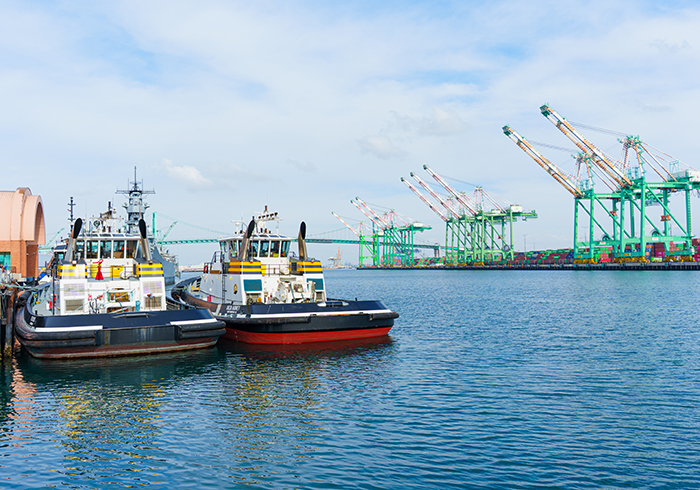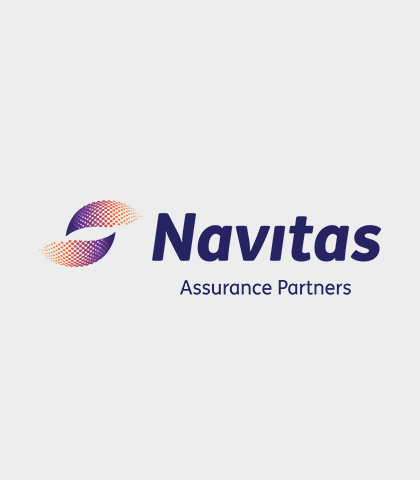At Sibos in Singapore, Shannon Manders asked trade financiers what banks ought to be investing in when it comes to technology.
It’s no secret that the trade finance industry is challenged: growth rates on a sustainable basis look set to be fairly modest compared to what the industry is used to seeing, and will remain so for some time to come (with many predicting a particularly challenging year for 2016). Simultaneously, while the world of trade evolves, and new, more technologically-savvy players enter the space, banks are having to pump more money into technology to make sure their customers are getting what they want – when they want it.
The real challenge for banks now becomes: if the trade finance business is not the most profitable, fastest-growing in the wholesale bank, then how do you get the technology budget that you need to make these changes?
The other difficulty banks face is figuring how the new technology being introduced into the market can be leveraged to a business advantage.
As GTR found at Sibos: there are a lot of pieces of the jigsaw out there, but it’s still unclear how they are all going to fit together.
John Ahearn, global head of trade, Citi
“At this year’s Sibos everyone was talking about blockchain technology – it seems like that is about to kick off as the next big thing technology-wise. But if you take for example eUCP – which are the rules for doing electronic documentation – they have been around for about 15 years, and I really have not seen an enormous uptake in their use.
Digitisation is fantastic. But I think a lot of the conversation has to broaden around technology and its applicability in real-world scenarios. Technology for technology’s sake doesn’t help the market. Companies need to consider practical cases to digitise – that is where they will see efficiencies and the overall benefit of technology. For example, in certain countries like the US, you can file with customs and deliver documents electronically, but this is not the case in a lot of other countries, where you still have to physically present the piece of paper.
At Citi we are investing in Optical Character Recognition (OCR) – a real digitisation story where we’ve made great strides. On a typical trade transaction using our back-end technology, we would have to key about 80 different fields of data. Using OCR technology, we have reduced the manual keying to about 10 fields of data, and seen some really significant efficiencies.
Our ultimate goal – and we are not there yet – is to use OCR technology to perform document checking electronically. In today’s process for document examination, we check every field for compliance. Using OCR technology, we are developing prototypes that look at the applicant name, and say that the applicant name and the letter of credit match on all documents, so we do not need to bother checking the applicant name anymore – another significant efficiency play. Technology to digitise trade transactions: that is where we are investing our money. Early signs are very positive, however, it’s a long journey. As we continue to build out the technology and processes to a true infrastructure, we can naturally transition that over to electronic documents.”
Paula Da Silva, head of transaction services, SEB
“A good investment for a bank is to have a fantastic front-end that follows the customer journey. And not a product-specific tool in which you do your trade, cash, etc, separately. So that customers are attracted to us – both as an industry and, specifically, to the bank itself.”
Andre Casterman, global head, corporate and supply chain markets, Swift
“Trade digitisation is a reality. The question is whether trade finance is ready to keep pace. In the business-to-business space, hundreds of technology platforms are digitising invoices and expanding their scope to address end-to-end purchase-to-payment needs. Regulators are convinced about the benefits of digitisation and have been promoting greater use of e-invoicing for years. In Europe, the European Commission is now focusing on the ‘digital single market for business and consumers’ and has identified the need for standards as key to enabling interoperability between machines, devices and businesses.
The need for interoperability applies to trade finance as well. When trade finance processes go digital, banks will need messaging standards to ensure correspondent banks can interoperate through their existing correspondent banking relationships. This is what Swift and the ICC have delivered for decades. The recent ISO 20022 standards supporting the bank payment obligation (BPO) enable banks to extend their traditional paper-based trade finance services to digital alternatives. Those standards are providing the highway for banks to deliver trade finance services using structured data vs paper documents. The banking system is already reacting to this digitisation trend but it remains a very slow start.
As trade practices go digital, banks can choose to either act as early adopters, which means benefiting from a time-to-market advantage, or take a wait-and-see attitude, which might mean playing catch-up at a later stage. Some banks are taking this digital trade finance opportunity seriously as we witnessed since early 2014 with UniCredit, Standard Chartered, The Bank of Tokyo Mitsubishi, CIMB, ANZ, China Merchant Bank, Westpac, Commerzbank and BNP Paribas.”
Paul Johnson, senior product manager, global trade & supply chain solutions, Bank of America Merrill Lynch
“They should be investing in the education of their client base and the design of end-to-end processing models. The bits and bytes and how you integrate with this or that provider are less important. Unless you can articulate a clear value proposition that people can understand in five minutes and deploy and execute against the business model, all the talk about standards, distributed ledger, the internet of things, becomes academic.
It’s a journey rather than a destination. There’s no big bang. The technology that has moved the fastest in the past year is the e-bill of lading. Why is that important? Because everything else around a trade transaction can be digitised fairly easily: the most difficult document was the bill of lading. So if that problem is well on its way to being solved, that’s the biggest breakthrough.
Don’t get focused on the component parts. Focus on the business model, the value proposition, the education – and then you backfill the components. The question is, how can we, in an industrial-strength way, exchange trade documents.”
Chris Lewis, global head of trade services, Wells Fargo
“I don’t think we have a real clear view yet on what it all means. The last couple of Sibos events, everyone was talking about compliance. I think the focus has shifted pretty dramatically, to technology. Compliance is still front and centre, but people have gotten used to that.
For a number of years, a number of players probably haven’t invested enough in technology. We’ve invested some, but not enough. In some respects, this Sibos is somewhat of a wake-up call for everyone. If you don’t have technology budget now, you had better make sure you’re going to get it.
Now, where do you deploy that technology: I assume a lot of banks are just looking at replacing their basic trade platforms to get basic work done: letters of credit, etc. Many banks have had fairly old technology: programmes and platforms that were developed back in the 1990s, and they’re still using it. We rolled out a new platform last year (TradeWorks): it’s a basic core system, and now we need to build up all the bells and whistles.
With the conversation around fintech and all the buzzwords you’ve been hearing this year around Sibos, we need time to sit back and digest what that really means for the trade business. Ultimately, what it comes down to is making our business more efficient and getting the paper out of the business – which is what we’ve been trying to do for 30 years now. Do I see a major transformation to my business? No. Not yet. It’s going to take some time before we get to that level of transformation.
David Hennah, head of trade finance, Misys
“Corporate customers are demanding that new services be delivered as part of the cash management lifecycle and that these services be aligned with financial supply chains. At the same time, with increased pressure on margins, there is a widespread recognition that digitisation offers banks the means of achieving increased cost-effectiveness and operational efficiency whilst reaping the benefits of stronger customer insights and an ability to leverage new business models. Data analytics and the derivation of business intelligence are playing a pivotal role not only in the fulfilment of strategic goals but also in complying with the complex management of relationships, regulation and performance as well as the measurement of liquidity, profitability and risk. A paper-driven, labour-intensive business such as trade services is ideally positioned to take advantage of technological transformation through digitisation. Digitisation is one of the most important trends to impact financial institutions. There is a lot of noise regarding new technologies such as blockchain, but we have yet to see where these fit in the context of financial supply chain. That said, experience shows that each new technology outpaces the adoption of its predecessor. In the future we will see adoption rates measured in weeks or days rather than years. Banks will need to re-think their operating models in order to stay ahead of the competition.”








